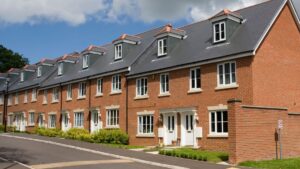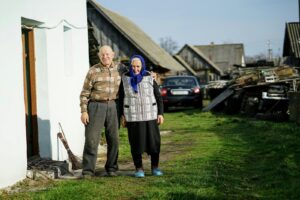The Welsh Government’s Climate Change Minister Julie James has today announced £65m to be given to help people move from temporary accommodation to permanent homes.
Money will go to the Transitional Accommodation Capital Programme (TACP), supporting projects run by local authorities and registered social landlords to create additional housing across Wales.
1,000 more homes will be created under the programme over the next 18 months, with half of them set to be long-term or permanent homes for individuals and families in need.
Julie James said: ‘We have successfully helped thousands of people into temporary accommodation over the last two-and-a-half years but many more are still going to our local authorities for urgent help. Our ambition is for everyone to have a safe, suitable, permanent home but our housing system is under significant pressure, that’s why we are building more social homes.
‘Where people are in hotel or B&B-based temporary accommodation, in particular, it can be difficult for them to move on with their lives. We need more high-quality interim accommodation options – places they can call their own – to allow people to get on with their lives, while we support them to find a permanent home.
‘I am making up to £40m of capital funding available to support a range of initiatives by our local authorities and registered social landlords to help ensure even more people have a place to call home.
‘These projects will provide much-needed, good-quality accommodation to help ease the pressure on housing services in the medium term.’
Funding to local authorities and registered social landlords will be sued in a variety of ways, including bringing properties in need of cleaning and repairs back into use, remodelling existing accommodation and converting buildings into good quality accommodation.
According to figures from September 2021, the Welsh Government has helped 153,000 homeless into emergency temporary accommodation since the start of the pandemic.
Wales is also currently working on building 20,000 new low-carbon permanent social homes, powered by renewable energy, air source heat pumps and solar rooves.
Photo by Catrin Ellis

















Leave a Reply